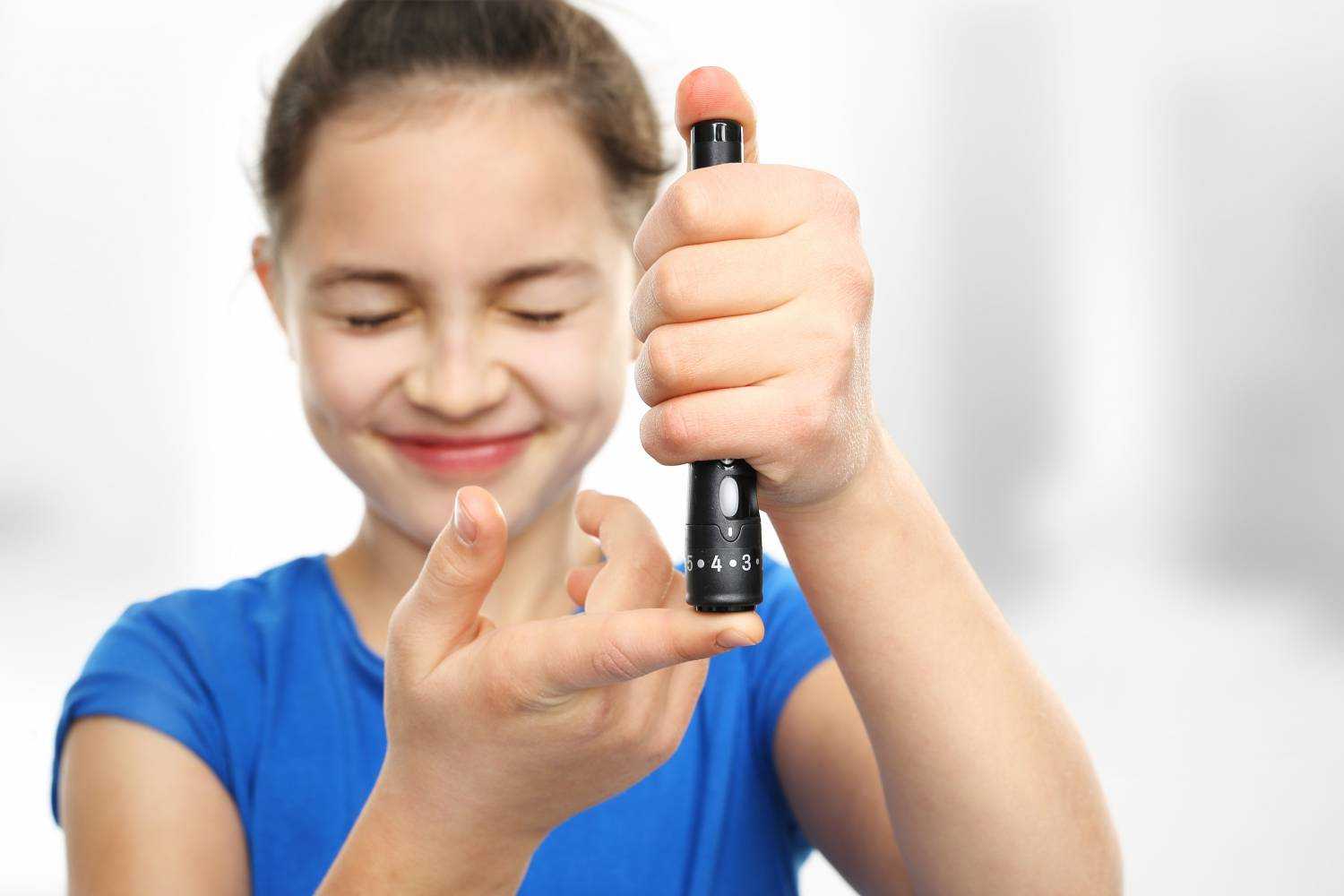BY: ALLISON BROWN
Getting the news that your child has been diagnosed with juvenile diabetes or type 1 diabetes, or insulin-dependent diabetes as it is also called is a very hard one. As a parent, you want to know what you did wrong. There is the initial shock of the diagnosis and then the ensuing questions about how to cope, etc. are not easy ones. This article will provide information about juvenile diabetes.
The body produces glucose (sugar) and also gets glucose from foods like bread, potatoes, rice, pasta, milk and fruit and is stored or used for energy by cells in the body. The pancreas is the organ in the body that is made up of particular cells called beta cells. They produce insulin which is a hormone used to help the body to control the level of glucose in your blood. Without insulin, glucose builds up in your blood instead of being used for energy according to diabetes Canada. The body requires insulin to survive, so if the body is no longer producing insulin, insulin must be injected into the body.
The diagnosis is usually made before the age of twenty-five.
According to the mayo clinic, children experience the following signs and symptoms of type 1 diabetes which usually develop quickly, over a period of weeks. These signs and symptoms include:
- Increased thirst and frequent urination. Excess sugar building up in your child’s bloodstream pulls fluid from tissues. As a result, your child might be thirsty — and drink and urinate more than usual. A young, toilet-trained child might suddenly experience bed-wetting.
- Extreme hunger. Without enough insulin to move sugar into your child’s cells, your child’s muscles and organs lack energy. This triggers intense hunger.
- Weight loss. Despite eating more than usual to relieve hunger, your child may lose weight — sometimes rapidly. Without the energy sugar supplies, muscle tissues and fat stores simply shrink. Unexplained weight loss is often the first sign of type 1 diabetes to be noticed in children.
- Fatigue. Lack of sugar in your child’s cells might make him or her tired and lethargic.
- Irritability or behavior changes. In addition to mood problems, your child might suddenly have a decline in performance at school.
- Fruity-smelling breath. Burning fat instead of sugar produces certain substances (ketones) that can cause a fruity breath odor.
- Blurred vision. If your child’s blood sugar is too high, fluid may be pulled from the lenses of your child’s eyes. Your child might be unable to focus clearly.
- Yeast infection. Girls with type 1 diabetes may have genital yeast infections. Babies can develop diaper rashes caused by yeast.
Insulin must be injected because if it were taken as a tablet, it would be broken down in the stomach (like food) and would be unable to enter the bloodstream. Insulin comes in several different preparations, each of which works slightly differently. For example, some last up to a whole day (long-acting), some last up to eight hours (short-acting) and some work quickly but don’t last very long (rapid-acting).
Treatment is likely to include a combination of different insulin preparations. Support will be provided by the healthcare team in helping to teach the patient and family how to monitor blood sugar levels, and how to administer insulin whether at home or school.
As I have always stated, it is important to build a rapport with your primary care provider, whether a physician or nurse practitioner so that when the child is experiencing the above symptoms there is no trepidation to call and make an appointment to get things checked out. The physician and or nurse practitioner will refer the child to a pediatric endocrinologist. Pediatric endocrinologists deal with hormone disorders at all stages of childhood and the teen years. It is my hope that this article has provided you the reader with some information about juvenile diabetes.

